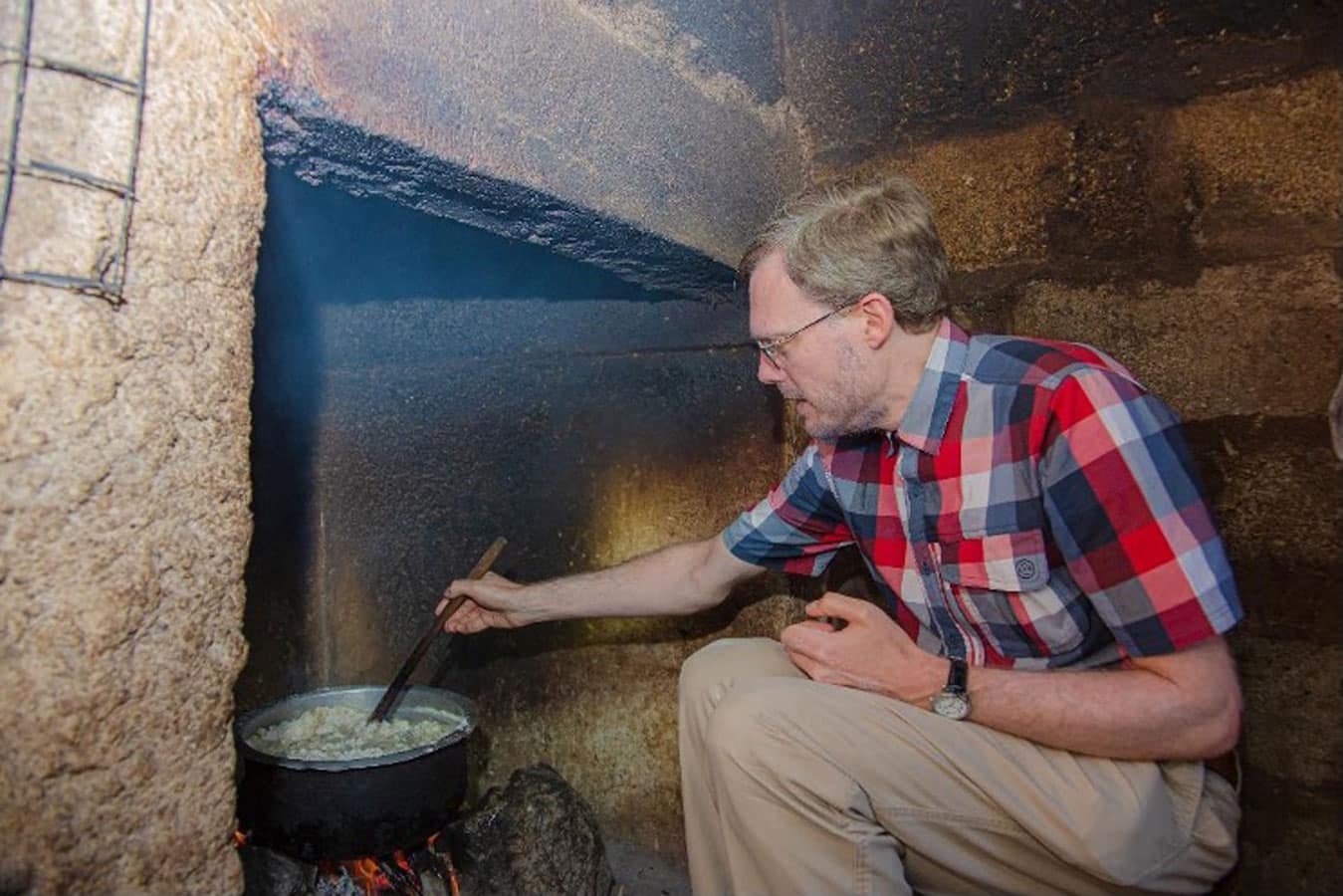Tanzania is famous for some spectacular tourist attractions: Zanzibar, Mt. Kilimanjaro, the Rift Valley, and the African Great Lakes. Tanzanian food is not as well known as these draws, and few outside its region know its most important crop is maize. Ugali, made from maize flour, is a popular meal in Tanzania somewhat similar to grits or polenta, and could perhaps be considered the nation’s signature dish. Tanzanians know maize as an integral part of their food culture and way of life, and it will play a leading role in the country’s future food security as well.
How important it is
Maize, or corn, is also the #1 crop in the United States, and is considered iconic in places like Iowa. But data from none other than USDA Foreign Agricultural Service show that it’s important in Tanzania as well. Maize is far and away Tanzania’s leading crop—the East African nation produced on average well over 6 million tons per year from 2018 to 2022, USDA says. By comparison, Tanzanian rice production over that same period averaged about 2.3 million tons. Sorghum is typically associated with African agriculture, but Tanzania produced less than 1 million tons per year on average over that 5-year timeline. USDA estimates that maize comprises about 80 percent of the calories Tanzanians consume each year and up to 16 percent of household food spending.
Several restraints have been identified as hampering maize productivity.
“Maize is the main staple crop in Tanzania,” the United Nations Office for the Coordination of Humanitarian Affairs declares unequivocally.
Demand for maize in Tanzania is increasing with the country’s relatively fast-growing population.
The maize plant is, of course, a native of North America, and not Africa. Agricultural historians say it was first domesticated in southern Mexico many thousands of years ago. But this matters little in the sense that, under present laws and customs, seeds domesticated thousands of years ago can be grown worldwide without royalties to the country or community of origin.
What’s more, crops often become closely associated with regions other than their origins. Just as the potato, a root vegetable originating in South America, is seen as a symbol of Irish agriculture, so has maize become a central component of farming in Tanzania, especially smallholder farming, the dominant form of food production in sub-Saharan Africa. However, crops that are not ecologically native are sometimes susceptible to pests and diseases, as can be seen with maize in Tanzania as well as the Irish Potato Famine.
Future uncertain
USDA earlier predicted that Tanzania’s maize production could decline by 16 percent this year compared to last “due to drought conditions, fall armyworm infestations, and high fertilizer prices.
“Several restraints have been identified as hampering maize productivity,” as a University of Dar es Salaam-based research team warns in a recent article published in the Rural Planning Journal. “These comprise climatic change, technology, and three policies related to land, the trade and exchange rate, and agricultural pricing.” The study recommends the government subsidize seed purchases, fertilizers, and irrigation to boost yields.
But for smallholder farmers facing pest and disease pressures, that may not be enough. Fall armyworm has gotten the most attention, and Grow Further is considering several proposals to address this pest, including a natural solution from Constance Chingwaru in Zimbabwe.
Fall armyworm is far from the only threat that Tanzania’s maize farmers are facing. Neema Mduma, a lecturer at the Nelson Mandela African Institution of Science and Technology (NM-AIST), says other crop diseases are impacting annual yields, including maize streak and maize lethal necrosis. “As you know, there are so many diseases, but we are focused on the diseases that are mainly affecting productivity in Tanzania and other parts of sub-Saharan Africa,” Mduma told Grow Further. Maize streak and maize lethal necrosis in particular “are the diseases that are highly affecting productivity, especially for smallholder farmers,” she said.
Hope on the horizon
However, NM-AIST has a plan to combat these threats—an innovative and easy-to-use smartphone application to help smallholder maize farmers in Tanzania protect their crops before it becomes too late. Last month, we proudly announced that Mduma and her team at NM-AIST and other organizations are among the first recipients of Grow Further grants supporting research into smallholder farming innovation.
Maize will remain the prime driver of food security in Tanzania for some time to come. And as Johnathan Swift wrote back in 1726, “Whoever could make two ears of corn, or two blades of grass, to grow upon a spot of ground where only one grew before, would deserve better of mankind . . .” We look forward to the project at NM-AIST, funded by Grow Further thanks to our donors, yielding maize farmers in Tanzania many more ears of corn for many years to come.
— Grow Further
Photo credit: Grow Further founder and CEO Peter Kelly cooking ugali in northern Tanzania. True Vision Productions.




